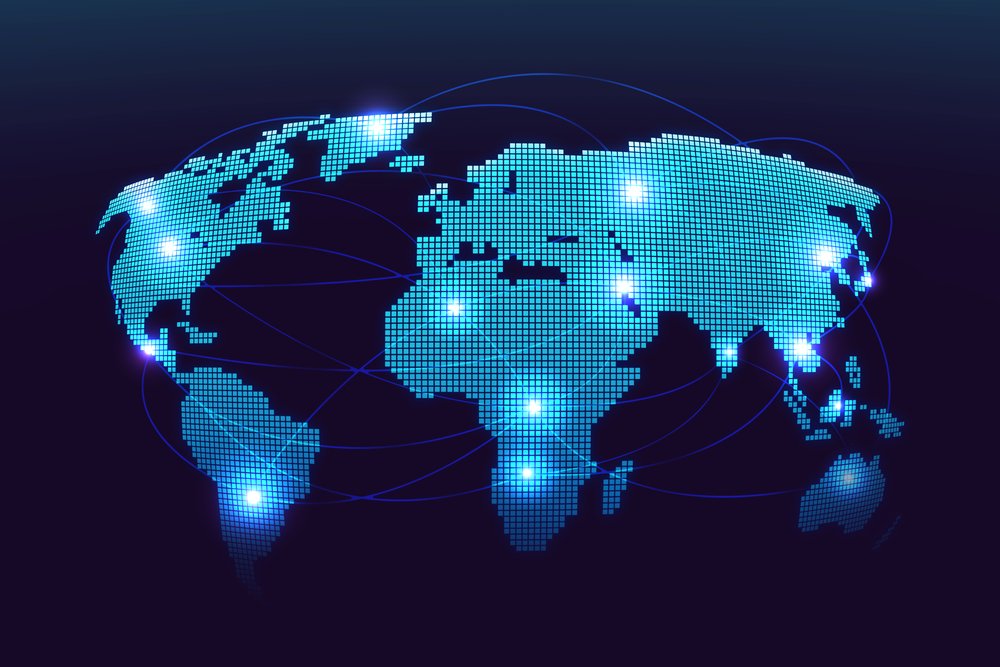
Climate change, geopolitical instability, cybercrime and challenges in sourcing rare metals are among the top risks expected to disrupt global supply chains in 2025, according to a recent report released by Everstream Analytics.
The 2025 Annual Risk Report identifies the five most significant threats to supply chain operations and assigns risk scores to help companies prioritize mitigation efforts.
“The past year has been unprecedented, with extreme weather events, heightened geopolitical tension and cybercrime destabilizing supply chains throughout the world,” said Corey Rhodes, CEO of Everstream Analytics. “Navigating this year’s looming risks to build a secure supply network has never been more critical.”
The report’s findings are based on Everstream’s proprietary database of supply chain disruptions, which analyzes past events to project future trends.
Climate change and extreme weather (90 per cent risk score)
Flooding caused by shifting climate patterns and record-high ocean temperatures is expected to cause widespread disruptions. Both small-scale and large-scale flooding events are predicted to increase in frequency, posing significant challenges for even the most advanced infrastructure systems.
Geopolitical instability (80 per cent risk score)
The report points to potential disruptions from geopolitical flashpoints, including the Russia-Ukraine conflict, tensions in the South China Sea, and instability in the Middle East. Proposed tariff increases, particularly in industries such as automotive and semiconductors, also add to global trade uncertainty.
Cybercrime (75 per cent risk score)
The growing reliance on artificial intelligence and Internet of Things (IoT) devices is creating vulnerabilities across supply chains, with manufacturing and electronics sectors identified as particularly at risk. Third-party logistics providers are expected to face heightened cybersecurity threats.
Rare metals and minerals supply (65 per cent risk score)
Rising tariffs, export restrictions and a lack of supplier diversity are making rare metals more expensive and difficult to procure. China’s dominance in rare metal exports poses a significant challenge for companies seeking alternative sources.
Forced labour crackdowns (60 per cent risk score)
Legislation targeting forced labour practices is creating compliance challenges, particularly for industries reliant on commodities like palm oil and vanilla, which are sourced from countries with weak labour protections.
Legislation has been created that aims to address the lax forced labour issues in America, Europe, Mexico and Canada. Other countries are expected to follow suit this year, as they consider legislation or strengthening existing regulations on forced labour.
“While some risks are unavoidable, early notice and swift action through a combination of planning, deep monitoring and mitigation can save inventory and lives in 2025,” Rhodes said of the importance of proactive measures.
For a full analysis, including prescriptive recommendations, download the full report here.
Image credit: Depositphotos.com













Leave a Reply